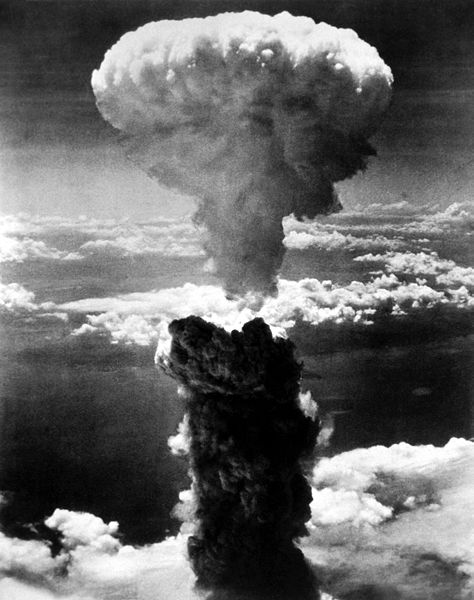
There aren’t almost any described spaces in the hypertext. Some of
them are closed, for example, inside a house, inn, etc. However, other
open spaces appear like two big cities Yokohama and Nagasaki. They’re
much known in Japan. Besides, there are many photographs which show us
a fishing port and the name of a volcano appears: Fujiyama, which is
inactive.
The first place that the authors decided to write about was the small fishing village below Yokohama. This small
village is the one which is shown in the first image of the hypertext.
This village is not described but I can tell you that there lived a
blind man and it is the village where the narrator goes to find beer.
The action takes place in this small fishing village below Yokohama.
Yokohama is the capital of Kanagawa
Prefecture, located in the Kantō region of the main island of Honshū. Its fishing port was opened on 2 June 1859.
It became the base foreign trade in Japan.
The authors write about Nagasaki which is
the capital and the largest city of Nagasaki Prefecture in Japan. We
must know that during World War II, the atomic bombings of Hiroshima and
Nagasaki made Nagasaki the second city in the world to be the subject
to nuclear warfare.

Mushroom cloud from the nuclear explosion over
Nagasaki
rising 60,000 feet into the air on the morning of August 9, 1945
(http://en.wikipedia.org/wiki/Nagasaki)
Page last modified: 4th of December
Academic year 2008/2009
© a.r.e.a./Dr.Vicente Forés López
© Fran García Ribes
garifra2@alumni.uv.es
Universitat de València Press